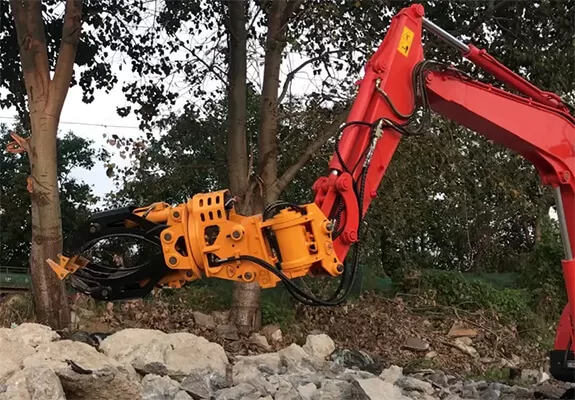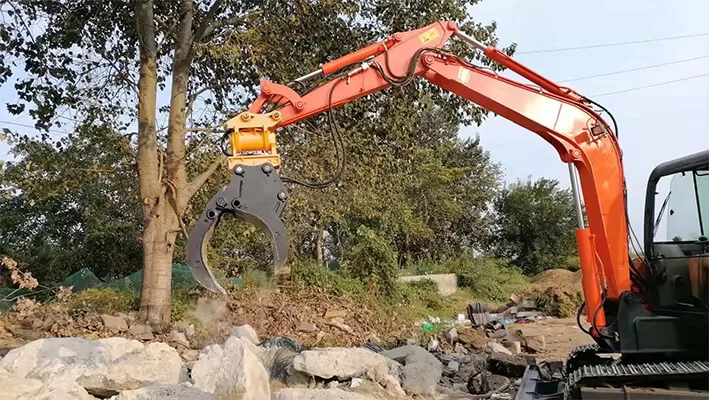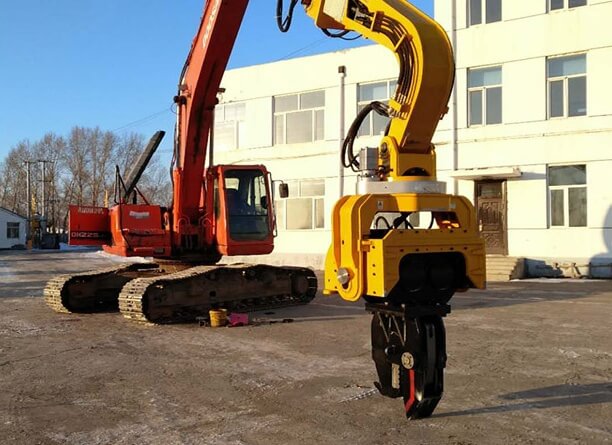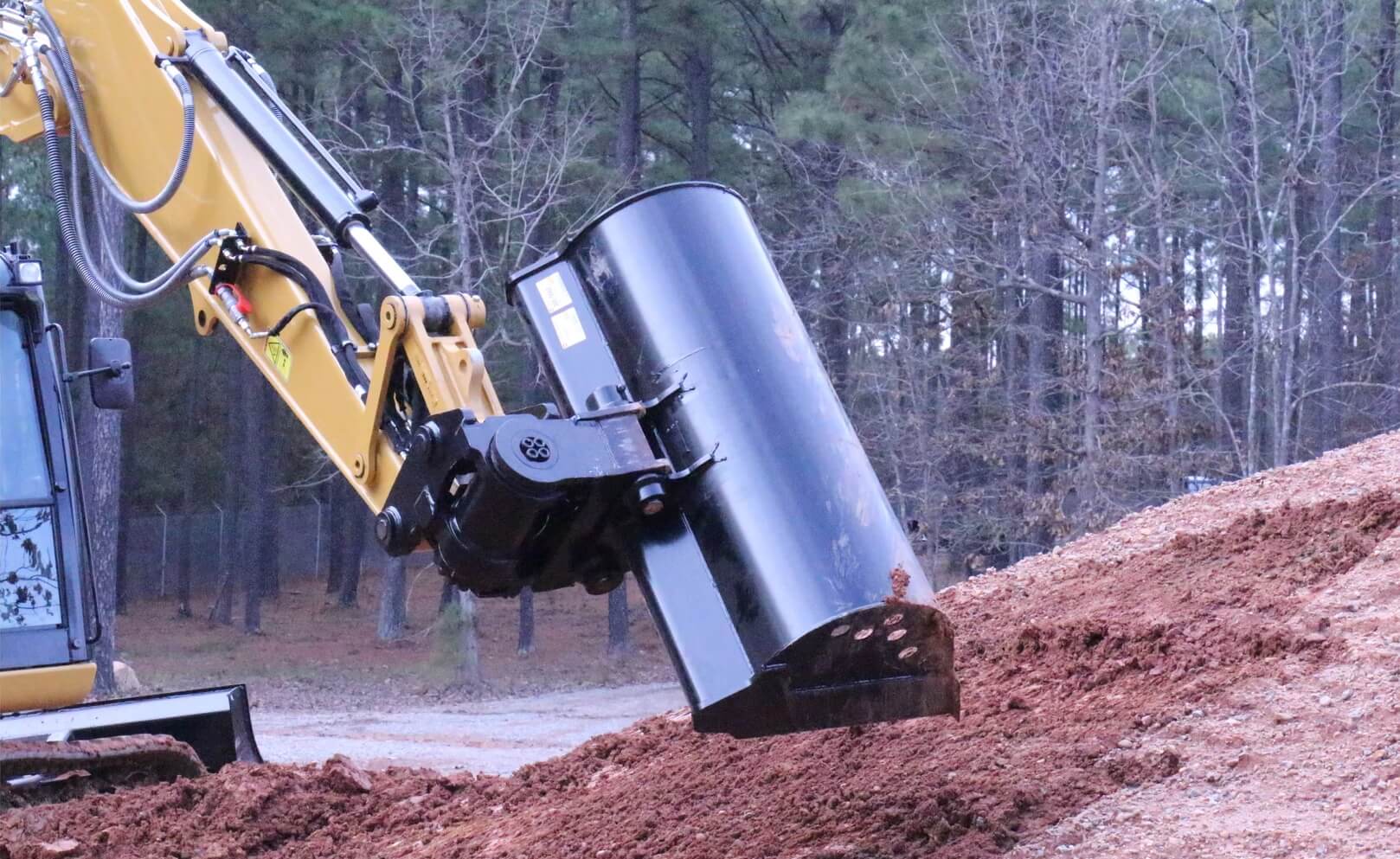In the world of heavy machinery and construction, innovation is a driving force that continually reshapes the industry. One such innovation that has gained significant traction in recent years is the excavator tilt coupler system. This cutting-edge technology has transformed the way excavators operate, enhancing efficiency and versatility. In this article, we will delve into the fascinating world of excavator tilt quick change systems, exploring their installation process and the benefits they bring to the construction sector.
The Need for Excavator Tilt Coupler
Excavators are essential tools in construction and earthmoving projects, known for their ability to dig, scoop, and lift heavy materials. However, their conventional fixed buckets have limitations. They are often rigid and unable to adapt to the terrain or reach tricky angles, making excavation work more time-consuming and labor-intensive.
This is where the excavator tilt coupler system comes into play. It’s designed to overcome these limitations by allowing the operator to change attachments quickly and easily. This versatility improves the excavator’s adaptability to different tasks and terrain, ultimately boosting productivity.
The Installation Process
Installing an excavator tilt coupler system is a complex yet well-structured process that involves several key steps. Let’s break down the installation process to better understand how this game-changing technology is integrated into heavy machinery.
-
Evaluation and Planning
Before the installation begins, a thorough evaluation of the specific excavator is conducted. This evaluation considers the excavator’s size, model, and existing hydraulic system. The goal is to determine the most suitable tilt quick change system for the excavator in question.
-
Preparing the Excavator
The first physical step in the installation process is preparing the excavator. This involves removing any existing bucket or attachment. The hydraulic system of the excavator must also be examined to ensure it is compatible with the tilt quick change system. Any necessary modifications or upgrades to the hydraulic system are made at this stage.
-
Mounting the Tilt Quick Change Plate
The heart of the system is the tilt quick change plate, which serves as the interface between the excavator arm and the attachments. This plate is securely mounted to the excavator arm using heavy-duty bolts and fasteners. Precision is critical here to ensure a snug fit and proper alignment.
-
Hydraulic Connections
The hydraulic connections are a crucial part of the installation process. Hydraulic hoses and fittings are attached to the tilt quick change plate and are connected to the excavator’s hydraulic system. Proper sealing and testing are essential to prevent leaks and ensure smooth hydraulic operation.
-
Attachment Integration
With the tilt quick change plate in place and hydraulic connections secured, the various attachments can now be integrated into the system. These attachments can include buckets, grapples, hammers, and more, each designed for specific tasks. The quick change system allows for effortless swapping between these attachments as needed.
-
Calibration and Testing
After all components are in place, the system undergoes thorough calibration and testing. This step ensures that the tilt quick change system operates smoothly, responding accurately to the operator’s commands. Any adjustments or fine-tuning required to optimize performance are made during this phase.
Benefits of Excavator Tilt Quick Change
Now that we have explored the installation process, let’s dive into the benefits of this remarkable technology:
- Enhanced Efficiency: The ability to switch between attachments quickly reduces downtime, allowing operators to tackle various tasks without the need for multiple excavators or frequent equipment changes.
- Versatility: Excavators equipped with tilt quick change systems can adapt to different terrains and tasks, from digging trenches to lifting heavy objects, all with a single machine.
- Operator Comfort and Safety: With the flexibility of tilt quick change, operators can work from a safer and more comfortable distance, minimizing exposure to potential hazards.
- Cost Savings: By improving efficiency and reducing the need for additional equipment, tilt quick change systems can lead to significant cost savings on construction projects.
- Precision Work: Tilt quick change systems enable operators to achieve precise angles and positions, enhancing the accuracy of excavation and reducing rework.
Conclusion
The installation process of an excavator tilt coupler system may be intricate, but the benefits it brings to the construction and earthmoving industry are undeniable. This innovation has revolutionized the way excavators operate, increasing efficiency, versatility, and safety on job sites. As technology continues to advance, we can expect further enhancements to these systems, driving even greater productivity in the world of heavy machinery and construction.








Leave A Comment